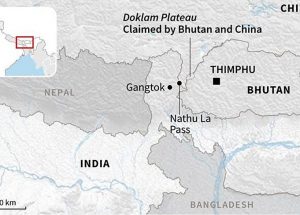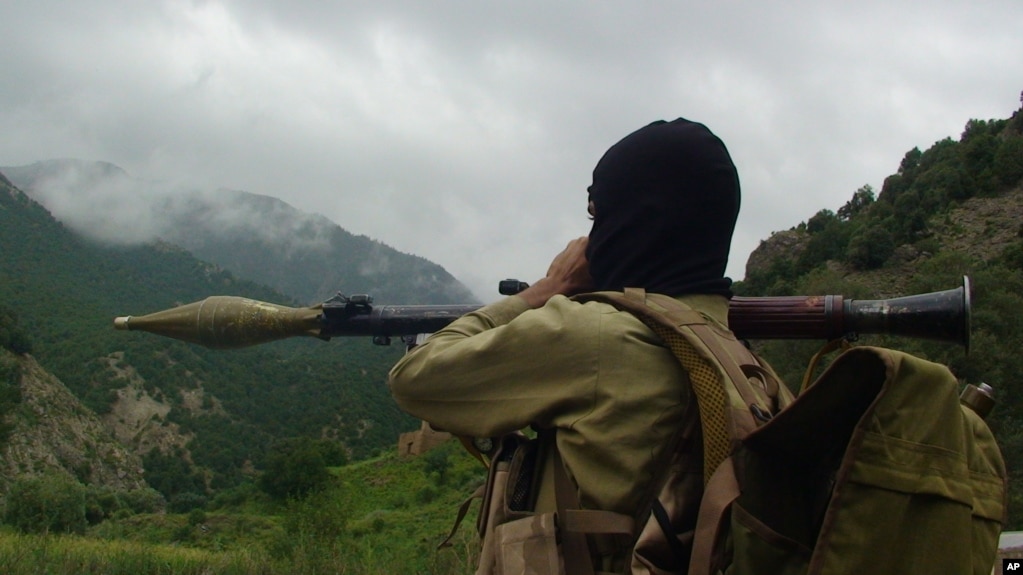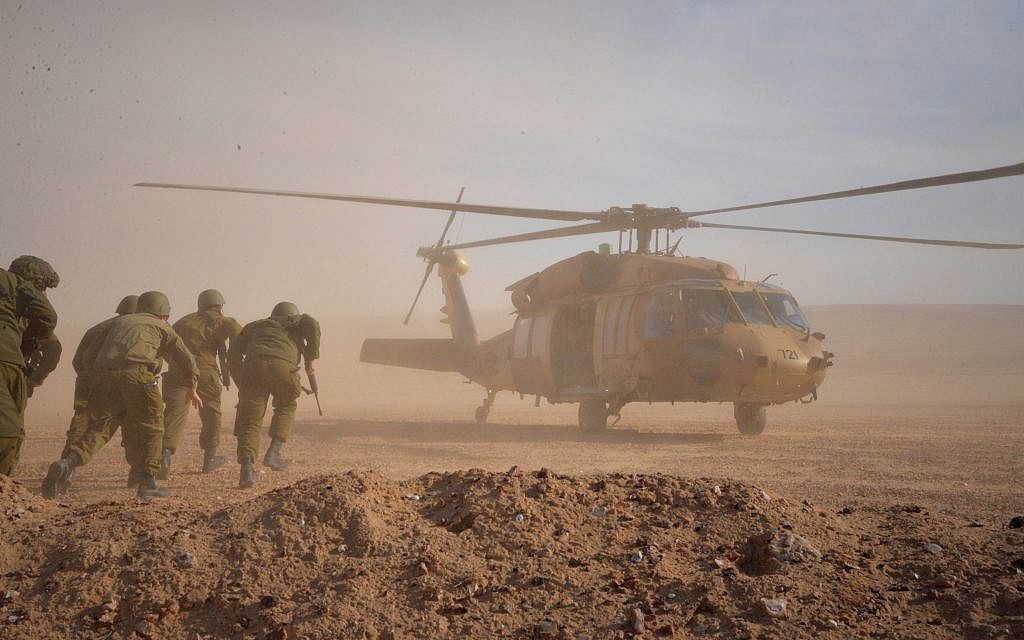 After dumping more than a meter of rain on Texas and Louisiana in two separate landfalls, Hurricane Harvey, now a tropical depression, is slowly dissipating. The massive amounts of rain the storm generated have caused unprecedented flooding in the region, submerging much of Houston, the fourth most populous U.S. city. As the floodwaters start to recede and the arduous recovery begins for millions of people, scientists studying Hurricane Harvey will try to determine whether and how climate change influenced its course and intensity. Analyzing the storm will take years, and drawing clear links between a single weather event — however historic — and overall climate trends may prove impossible. But whatever conclusions researchers reach, their findings will do little to influence the U.S. government's climate policy.
After dumping more than a meter of rain on Texas and Louisiana in two separate landfalls, Hurricane Harvey, now a tropical depression, is slowly dissipating. The massive amounts of rain the storm generated have caused unprecedented flooding in the region, submerging much of Houston, the fourth most populous U.S. city. As the floodwaters start to recede and the arduous recovery begins for millions of people, scientists studying Hurricane Harvey will try to determine whether and how climate change influenced its course and intensity. Analyzing the storm will take years, and drawing clear links between a single weather event — however historic — and overall climate trends may prove impossible. But whatever conclusions researchers reach, their findings will do little to influence the U.S. government's climate policy.
A Tempest in a Teapot
In early August, The New York Times released the third draft of the Climate Science Special Report, a portion of the larger National Climate Assessment. The document — a compilation of scientific information and advancements published every four years — sparked a controversy after the Times erroneously reported it had obtained the draft through a leak, an assertion it later corrected. But the contents of the report were hardly shocking, least of all for climate scientists. Drawing from recent peer-reviewed literature, the Climate Science Special Report (a fifth draft that has since been released) emphasized the increasing variability in weather patterns today and the likelihood that extremes in precipitation and temperature will become more common. It also acknowledged the lingering limitations of climate modeling, along with the challenges of attributing individual events to climate change, while at the same time detailing the developments in these fields since 2014.













